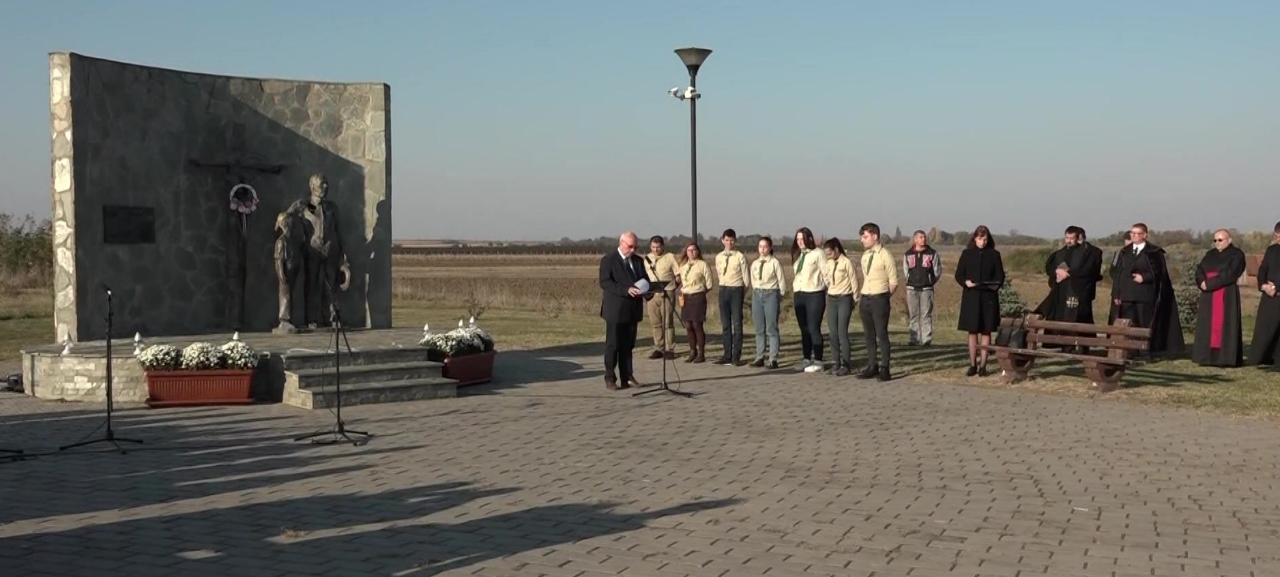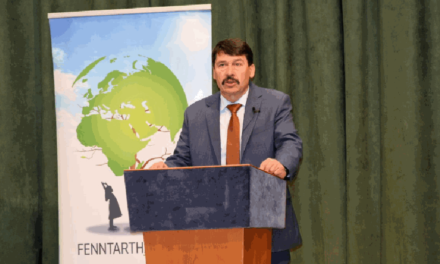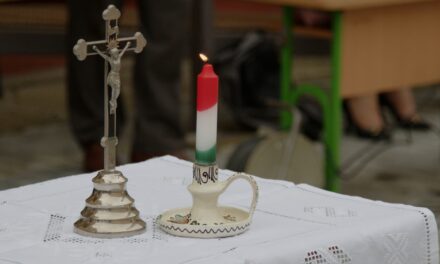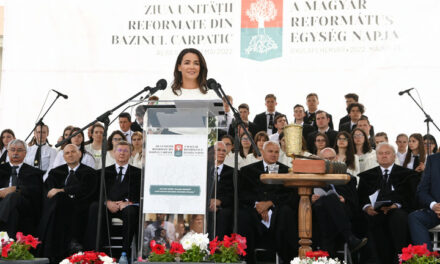The victims who were innocently massacred in 1944-45 were also commemorated in Čúrog. A memorial was erected in the settlement in 2013, at which time Hungarian President János Áder and then Serbian President Tomislav Nikolic bowed their heads to those who were innocently executed during and after the Second World War.
Forgiveness is primarily a deep human, spiritual feeling, which avoids appearances, but sometimes works without words, and the task, burden and human dignity of reconciliation must be left to our children and grandchildren - stressed Jenő Hajnal, President of the Hungarian National Council (MNT) In Čúrog, where the victims who were innocently executed in 1944-1945 were remembered. He added, "true forgiveness, like love, is usually wise, resourceful, irreplaceable and humble at the same time, (.) and is also capable of miracles when it can contrast hatred with love, and enmity with peace" . This peace and forgiveness was fulfilled in 2013 in Csúrog, when Serbs and Hungarians jointly remembered the victims.
Attila Pintér , the ambassador of Hungary in Belgrade, emphasized that we remember victims in Csúrog who were murdered with brutal cruelty in the name of an ideology because they were Hungarians. Today, however , what was unimaginable a few years ago has become a reality, and Hungarian-Serbian relations have developed to an incredible extent, and the two countries agreed on a strategic partnership two months ago.
Survivor Júlia Teleki He added: he would like young people to learn about what happened here and to remember together with those who have been preserving the memory of the victims for decades.
After the German invasion of Yugoslavia in the Second World War, in April 1941, the South came under Hungarian rule. , mainly Serbs and Jews, lost their lives in partisan hunting raids carried out by the Hungarian army and gendarmerie formations in Újvidék and its surroundings Two and a half years after the "cold days" of 1942, during the Yugoslav military administration from October 17, 1944 to February 1, 1945, it is estimated that at least 20,000 Hungarians from the southern region died in retaliation by Tito's partisans. The scene of the bloodiest events was Csúrog, Mozsor and Zsablya, where almost the entire Hungarian population was exterminated. The survivors were taken on foot to the concentration camp in Jarek, where they had to spend six to eight months. Thousands died of deprivation, the survivors were never able to return to their homes. It was not even possible to talk about what happened until 1990. In 2014, after seven decades, the Serbian government annulled the decision declaring the collective guilt of the Hungarian population of the three Vojvodina settlements (Csúrog, Mozsor and Zsablya).
Source: MTI
(Header image: Pannon TV)













